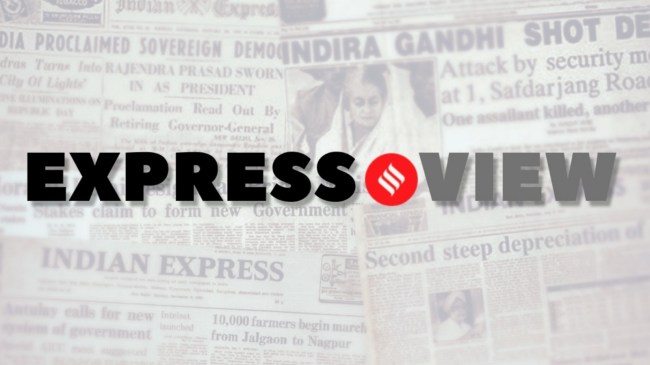Opinion Inflation targeting regime has worked well. Changes that dilute RBI’s monetary policy framework should be avoided
Such changes run the risk of “eroding policy credibility”
 On balance, shifting to this framework has “served India well”. Inflation has averaged 4.9 per cent after the shift, as compared to an average of 6.8 per cent in the period before that.
On balance, shifting to this framework has “served India well”. Inflation has averaged 4.9 per cent after the shift, as compared to an average of 6.8 per cent in the period before that. In 2016, India shifted to an inflation targeting regime. The inflation target of 4 per cent with a band of plus/minus 2 per cent was initially set for a five-year period ending in 2021. Subsequently, in March 2021, the government retained the inflation target for another five years. With the second review of the framework due early next year, the RBI has now released a discussion paper on the monetary policy regime. The paper examines how inflation targeting has fared in India over the past nine years, and also raises several questions over its structure.
On balance, shifting to this framework has “served India well”. Inflation has averaged 4.9 per cent after the shift, as compared to an average of 6.8 per cent in the period before that. The framework has provided the Monetary Policy Committee the flexibility to deal with challenging economic situations — during the pandemic years, for instance, it allowed for greater weightage to be attached to growth priorities in the decision matrix. The regime has also brought about accountability — when inflation stayed above the upper threshold of 6 per cent, the RBI was required to send a report to the government detailing why the target was not met and the corrective action that needed to be taken. Alongside, publication of the minutes of the committee meeting, which are released with a gap of two weeks, has brought about transparency in the decision-making process by detailing the thinking and rationale for the decisions of each committee member. Further, by putting in place a six-member committee to decide on policy, more voices have been incorporated in decision-making.
The questions raised by the discussion paper centre around whether the 4 per cent target is optimal, if it should be replaced by a range, if the tolerance bands should be changed or done away with and whether headline or core inflation is the best guide for policy. Each of these has been explored in great detail. The paper notes that across the world, while 48 countries have adopted this framework, with differing targets and ranges, “no major country” has ever shifted away. The framework has been tweaked on occasion, however, to reflect changing domestic and global conditions. On the issue of targeting headline vs core inflation, RBI continues to veer on the side of headline inflation. “Any attempt to anchor inflation expectations should not ignore shocks to food and fuel,” it says. Globally, too, headline inflation is favoured. In fact, the paper notes that “Uganda is the only country that targets core inflation”. It takes time to build credibility. Any changes that are perceived as either undermining or diluting the current framework, such as raising the target or shifting to range targeting, run the risk of “eroding policy credibility”. These are best avoided. As the central bank notes, “the conduct of monetary policy frameworks needs both policy certainty and credibility”.




